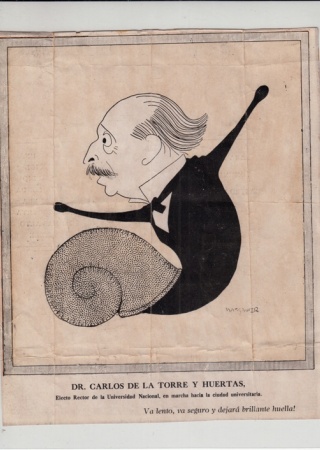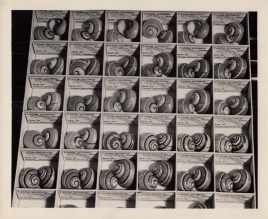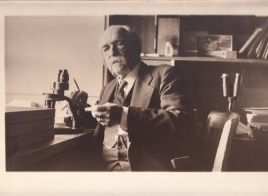Carlos de la Torre y Huerta
Cuban Naturalist
Did you know that… ?
- … La Torre was a student of Felipe Poey y Aloy, who is also featured in this exhibition?
- … Juan Gundlach named Ctenopoma torreianum (Torella torreiana) after him?
- … he supported Georges Cuvier and Jean-Baptiste Lamarcks's ideas regarding evolution?
- … he would spend countless hours exploring the Museo de la Academia de Ciencias de La Habana?
- … in addition to his scientific pursuits, La Torre also wrote poetry?
Highlights
- 1858 – May 15 – Born in Matanzas, Cuba
- 1881 – Graduates from the University of Havana
- 1883 – Earns a doctorate in natural science from the University of Central Madrid (now the Complutense University of Madrid)
- 1893 – Acts as a judge of the Mineralogy and Geology section of the World’s Columbian Exposition
- 1911 – Named Honorary Life Member of the American Museum of Natural History
- 1912 – Receives an honorary doctorate from Harvard University
- 1922 – Earns a Doctorate of Medicine from the University of Havana
- 1938 – Becomes president of the American Malacological Union
- 1939 – Becomes an Honorary Member of the Washington Academy of Sciences
- 1950 – Dies in Havana
Summary
Carlos de la Torre y Huerta was one of Cuba’s most notable naturalists. La Torre worked diligently in the field of mollusks, even contributing several specimens to what is now the Smithsonian National Museum of Natural History. Additionally, he cared about teaching and aimed to continue the legacy of his own influential professor, Felipe Poey y Aloy. La Torre would take his students on excursions to best expose them to the world of natural sciences. His students responded well to this teaching style, which made difficult subject matter easy to understand. He was known to be eccentric and bohemian, but his ability to tell stories and jokes made him well liked by his colleagues and students.




